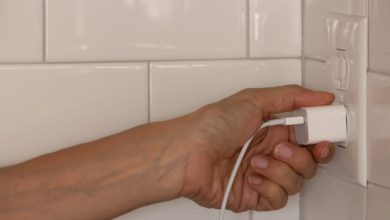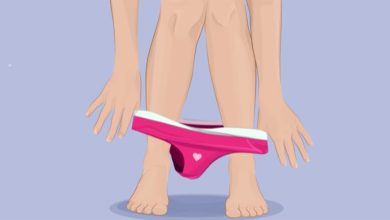Your body warns you before a blood clot: 8 hidden signs you should never ignore
It’s estimated that between 60 000 and 100 000 people in the US die each year due to blood clots.
But despite how common it is, and despite the many medications available, there are still many people who die from blood clots. They either seek help too late – or not at all.
Of course, there are things we can do to take care of ourselves. Together we can help increase awareness – and being aware of the life-saving warning signals that your body sends out can hopefully encourage more people to seek treatment as early as possible.
A blood clot occurs when blood thickens in the blood vessels and forms a blockage. This makes it more difficult for normal blood flow to continue through the blockage – and large blood clots can lead to heart attacks or heart failure.
Often, it is not possible to explain why an individual gets a blood clot. It can also be difficult to detect because the symptoms can be mild.
Therefore, it is extra important to know the warning signals that your body sends, so that you can seek treatment ASAP. Below we have listed 8 signals that everyone should be aware of.

1. Swollen calves
Blood clots often build in the calves. This is known as deep vein thrombosis, DVT, and occurs when oxygen fails to reach vital organs. This in turn causes bad blood circulation and further calve swelling – a common symptom of blood clots.
Apart from swelling and a warm sensation, there can also be redness or discoloration when a blood clot occurs.

2. Pain or tenderness in the legs
Another common sign of DVT is pain in your legs, calves or feet.
Your calf may also feel sore or tense when you squeeze it.

3. Red stripes along your veins
If you have prominent veins and can see red stripes running alongside them, it can be a sign of a blood clot.
They can also be sore or hot, two other characteristics to look out for.

4. Chest pain
If you get a blood clot in your lungs it must be treated by a doctor as soon as possible.
An important sign to look out for is a pain that feels like a hole in one side of your chest. You may start feeling pain in your chest or back. You can also feel pressure in the centre of your chest, which can be hard to identify alongside other chest pains.

5. Difficulty breathing
Strained breathing is a symptom that should never be ignored. If you notice that you’re having trouble breathing, that your heart is racing or you have a cold sweat and feel dizzy, or even faint, it can mean that you have a blood clot in your lungs.
If you experience all of the above symptoms together, then it’s a warning sign that definitely shouldn’t be ignored. You should seek treatment from your doctor straight away.

6. Dry coughing
If you aren’t sick and find yourself coughing for no reason, you need to look out for other symptoms that could point to a blood clot in your lungs – like heart palpitations, chest pain and difficulty breathing.
In rare cases you may also cough up phlegm with traces of blood visible.
For example, during the year 2022, a seemingly innocuous dry cough evolved into a distressingly intense condition for professional footballer Hollie Olding.
The situation took a harrowing turn when it was revealed that her persistent cough was not merely an ailment but rather a symptom of a blood clot lodged within her lungs.

7. Vomiting and diarrhea
If you have a blood clot in your intestines, it can lead to sharp pains that can be felt in your stomach and abdomin.
You may feel unwell, feel nauseas and have diarrhea with visible blood.

8. Severe headache
A blood clot or bleeding on the brain is called a stroke. It leads to a lack of oxygen in the brain and can cause a blistering headache. It can also cause you to have sudden problems seeing or speaking.
Other common symptoms of a stroke include numbness and paralysis, (often on one side of the bod),confusion and dizziness.

By recognising these 8 signs I hope we can save more lives in the future.
Please share this article on Facebook to spread the news, and don’t forget to take care of yourself!












